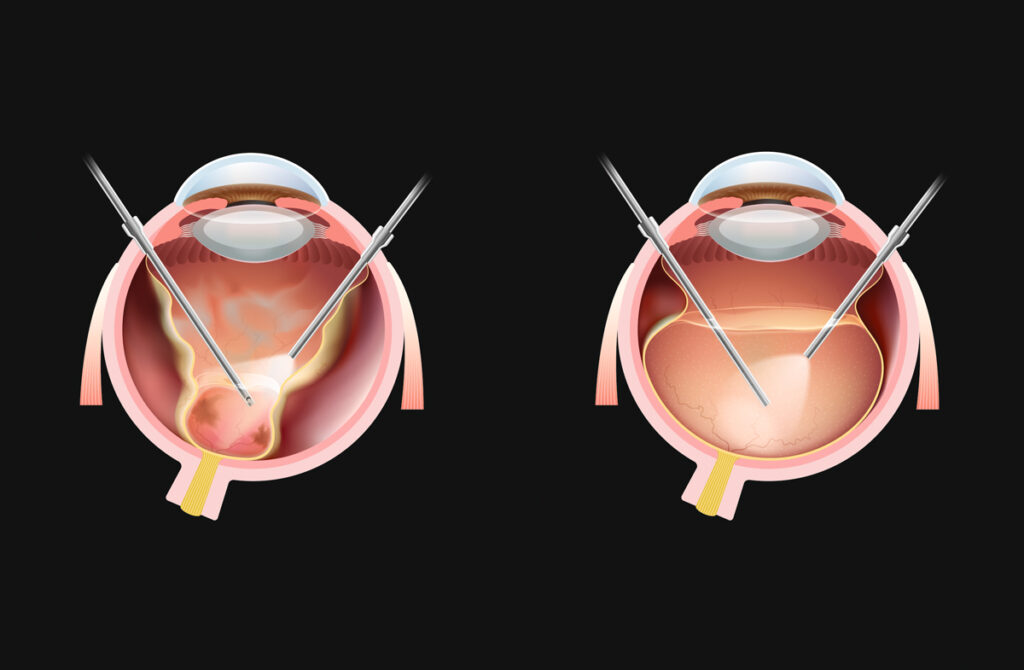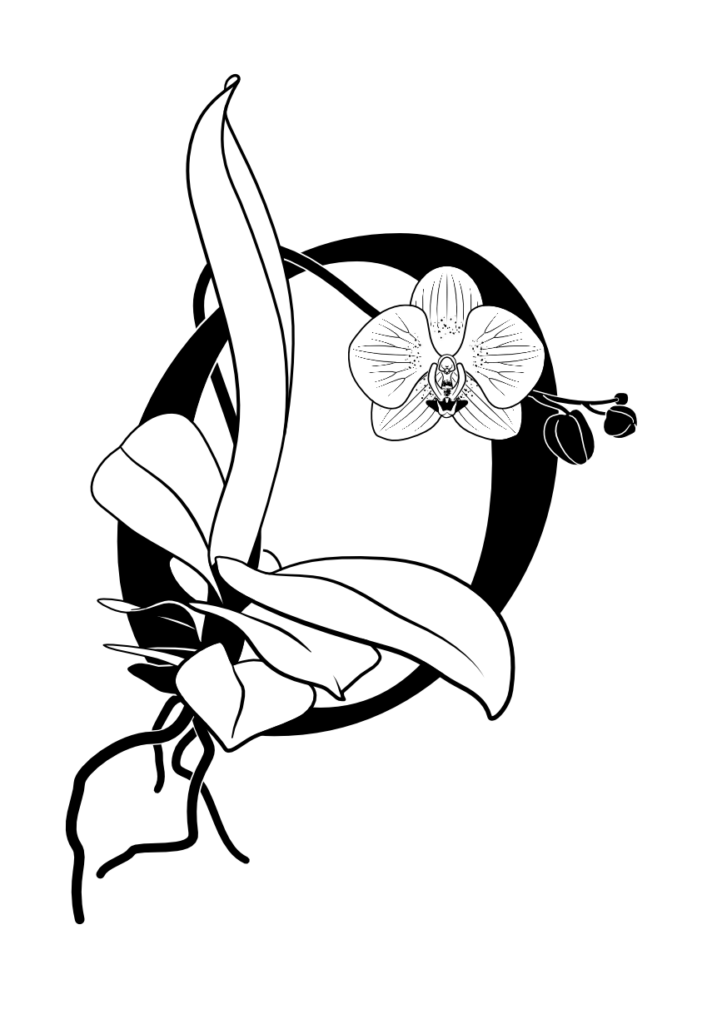Are we talking about the same thing?
How we imagine something is a highly subjective process. Consequently, a statement triggers different and vivid imaginations in everyone. You usually want to avoid such misinterpretations. Unless, of course, you could show your audience a meaningful illustration right from the start that would provide clarity.
Learning something completely new is usually most difficult at the beginning. This is sometimes due to the fact that no recognition can take place due to a lack of thematic connecting points. In order to provide fertile ground here, visualizations and illustrations are ideal methods for generating such connecting points. Competently used visuals stimulate thinking by activating both our memory and imagination. After all, visually perceived things are access points to existing knowledge. As for reading aids, they serve contextual orientation, the processing of new information, and thus promote the development of know-how.
Illustrations and visualizations are versatile. Either to communicate innovations or complex processes or to point out problems, to make own visions, concepts, and findings accessible to others, to reconstruct history or to simulate situations. Key visuals or graphical abstracts play a central role. They idealize and abstract the core message with the intention of supporting the reader’s understanding.
Illustrations do not always have to meet didactic requirements. They can also enrich a topic as mood images for editorial purposes. Here, illustrations have a primarily emotional effect to generate the desired attention. For example, as a component of packaging design.
Medical- and Surgical Visualization
Two surgical methods to stabilize lumbar vertebral fracture luxations in cats
Klinik für Kleintierchirurgie – Tierspital Zürich, Vetsuisse-Faculty, University of Zurich

Medical illustrations created for a scientific publication “Biomechanical comparison of ex vivo lumbar vertebral fracture luxations stabilized with tension band or polymethylmethacrylate in cats”. Made during my employment at Vetcom.
Vitrectomy of the dog’s eye
Dept. of Ophthalmology at the Vetsuisse-Faculty, University of Zurich

Blinding Trachoma Treatment
Institute of Veterinary Pathology, University of Zurich

Human Anatomy
Organs
Institute of Primary Health Care (BIHAM), University of Bern



Young Sonographers: 32 visualizations made for 13 Sonography e-Learnings.
Entomology


Differentiation of the sex by showing the visual identification features. Self-initiated: made in close collaboration with the Natural Museum of Solothurn.
Animal Portrait




Natural Science





Sport

Editorial











